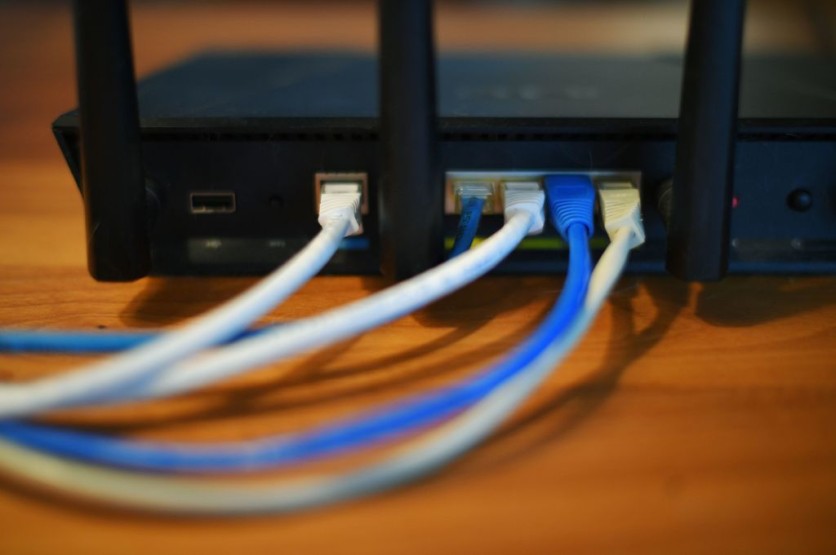WiFi routers are increasingly crucial in the modern age, with work-from-home setups becoming more prevalent and almost everything requiring an internet connection. Thus, others have asked when the best time to replace one's router is.
Experts reportedly generally advise changing the router at least once every five years. However, replacing the router every two to three years is recommended if people use many smart home devices or regularly purchase the newest computers, phones, and other main WiFi devices.

The security and technology of routers are constantly advancing, as seen by the notable advancements in the last few years brought about by the introduction of WiFi 6, WiFi 6E, and, more recently, WiFi 7. demonstrating the value of updating consumers to a supported router as soon as it makes sense for them to do so, even if the router they are currently using is still functional.
The first sign to change a router is if one needs to help a user's network manage multiple devices. Reports suggest that upgrading to WiFi 6, a newer generation of WiFi, is better suited for dense, busy areas where plenty of devices are fighting for bandwidth.
Additionally, a more recent router equipped with cutting-edge features like MU-MIMO (Multi-User, Multiple-Input, Multiple-Output) can provide better control over numerous device connections.
However, it's crucial to realize that a router transfers the bandwidth and speed that customers pay for from their internet service provider to other wireless devices. A router does not create its bandwidth or speed. To begin with, there isn't much a router can do if the incoming bandwidth is restricted.
Other Signs of Changing One's Router
According to Forbes, significant overheating indicates replacing the router is time. Overheated routers might have shorter lifespans and performance problems.
Dust accumulation, inadequate ventilation, and malfunctioning internal components can all lead to overheating. A user should think about switching to a new router with improved heat management if their current one feels abnormally hot to the touch or if they see performance deterioration when using it for lengthy periods.
Another sign is that a frequently disconnected router may have trouble keeping a steady connection. There are many potential causes for this problem, such as obsolete firmware, damaged hardware, or the router's incapacity to manage the quantity of data being transferred or the number of devices connected.
WiFi Device Compatibility
Another reason to change routers is their sheer incompatibility. The router's incapacity to handle numerous devices is not the same as its incompatibility with more recent models. The newest communication standards are frequently incorporated into devices as they develop, which older routers might not support.
For example, a router made before WiFi 6 might not be able to support a new laptop or smartphone made for WiFi 6. By upgrading the router, users may take advantage of all the latest technical breakthroughs in devices and ensure compatibility with the newest models.
Related Article : Indian Government Issues Warning for TP-Link WiFi Routers Due to Serious Security Issues

ⓒ 2025 TECHTIMES.com All rights reserved. Do not reproduce without permission.




